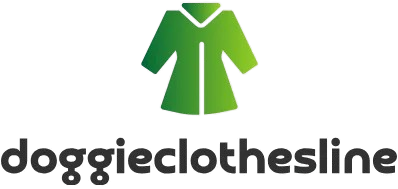Raw dog food diets have gained popularity among pet owners looking to provide a diet that closely mimics what dogs would eat in the wild. These diets typically consist of raw meat, bones, fruits, and vegetables. In this article, we’ll delve into the concept of raw dog food diets, their potential benefits and risks, how to safely implement them, and considerations for choosing the right ingredients.

Understanding Raw Dog Food Diets
Raw dog food diets are based on the idea that dogs are natural carnivores and would thrive on a diet similar to what their wild ancestors consumed. These diets typically include:
- Raw Meat: Such as beef, chicken, turkey, or fish.
- Edible Bones: Often included to provide calcium and other minerals.
- Organs: Liver, kidney, and other organ meats for essential nutrients.
- Fruits and Vegetables: To provide vitamins, minerals, and fiber.
Potential Benefits of Raw Dog Food Diets
Proponents of raw dog food diets claim several potential benefits:
- Improved Coat Health: Shinier coat and healthier skin.
- Better Dental Health: Chewing raw bones can help clean teeth and gums.
- Increased Energy: Dogs may have more energy and stamina.
- Reduced Allergies: Some dogs with food allergies or sensitivities may benefit from a simplified, natural diet.
Risks and Considerations
However, raw dog food diets also come with risks and considerations:
- Bacterial Contamination: Raw meat can contain harmful bacteria like Salmonella or E. coli, which can pose health risks to dogs and humans.
- Nutritional Imbalance: It can be challenging to ensure a raw diet provides all the essential nutrients, leading to deficiencies or excesses.
- Potential Choking Hazard: Bones can splinter or cause choking, especially in dogs that gulp their food.
Safely Implementing a Raw Dog Food Diet
If you decide to feed your dog a raw diet, follow these guidelines:
- Consult Your Veterinarian: Discuss the raw diet with your veterinarian to ensure it is appropriate for your dog’s health, age, and activity level.
- Proper Handling: Practice good hygiene when handling raw meat to prevent contamination.
- Balanced Diet: Ensure the diet is balanced with a variety of proteins, organs, bones, fruits, and vegetables.
- Monitor Health: Regularly monitor your dog’s health, including weight, coat condition, and energy levels.
Choosing Ingredients for a Raw Diet
When selecting ingredients for a raw dog food diet, focus on quality:
- High-Quality Meat: Choose lean cuts of meat from reputable sources to minimize bacterial contamination.
- Edible Bones: Use raw bones that are appropriate for your dog’s size and chewing habits.
- Organ Meats: Include liver, kidney, and other organs to provide essential vitamins and minerals.
- Fruits and Vegetables: Offer a variety of fruits and vegetables for added nutrients and fiber.
Conclusion
Raw dog food diets can be a controversial topic with both proponents and critics. While they may offer potential benefits, such as improved coat health and dental hygiene, they also come with risks like bacterial contamination and nutritional imbalance. If you choose to feed your dog a raw diet, it’s essential to do so safely and under the guidance of a veterinarian to ensure your dog’s health and well-being.











